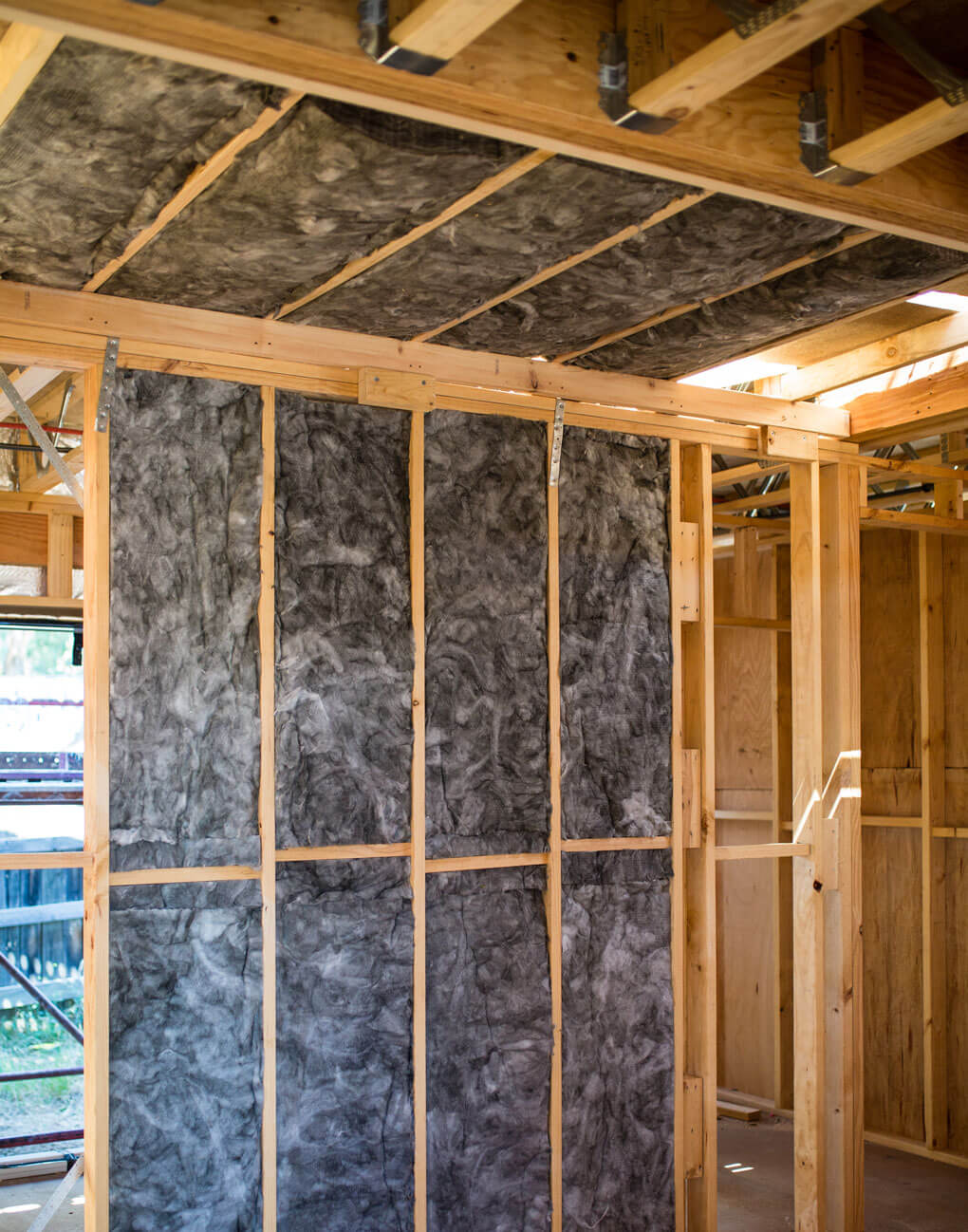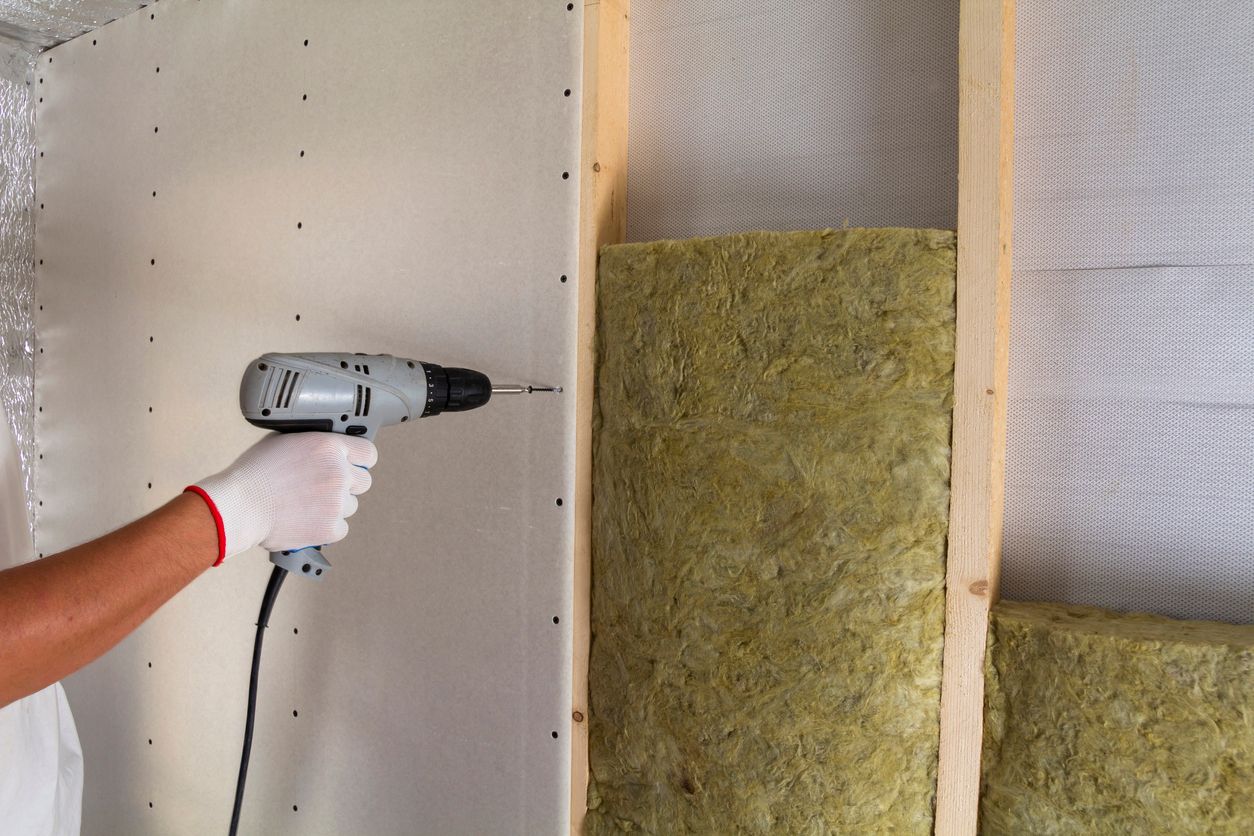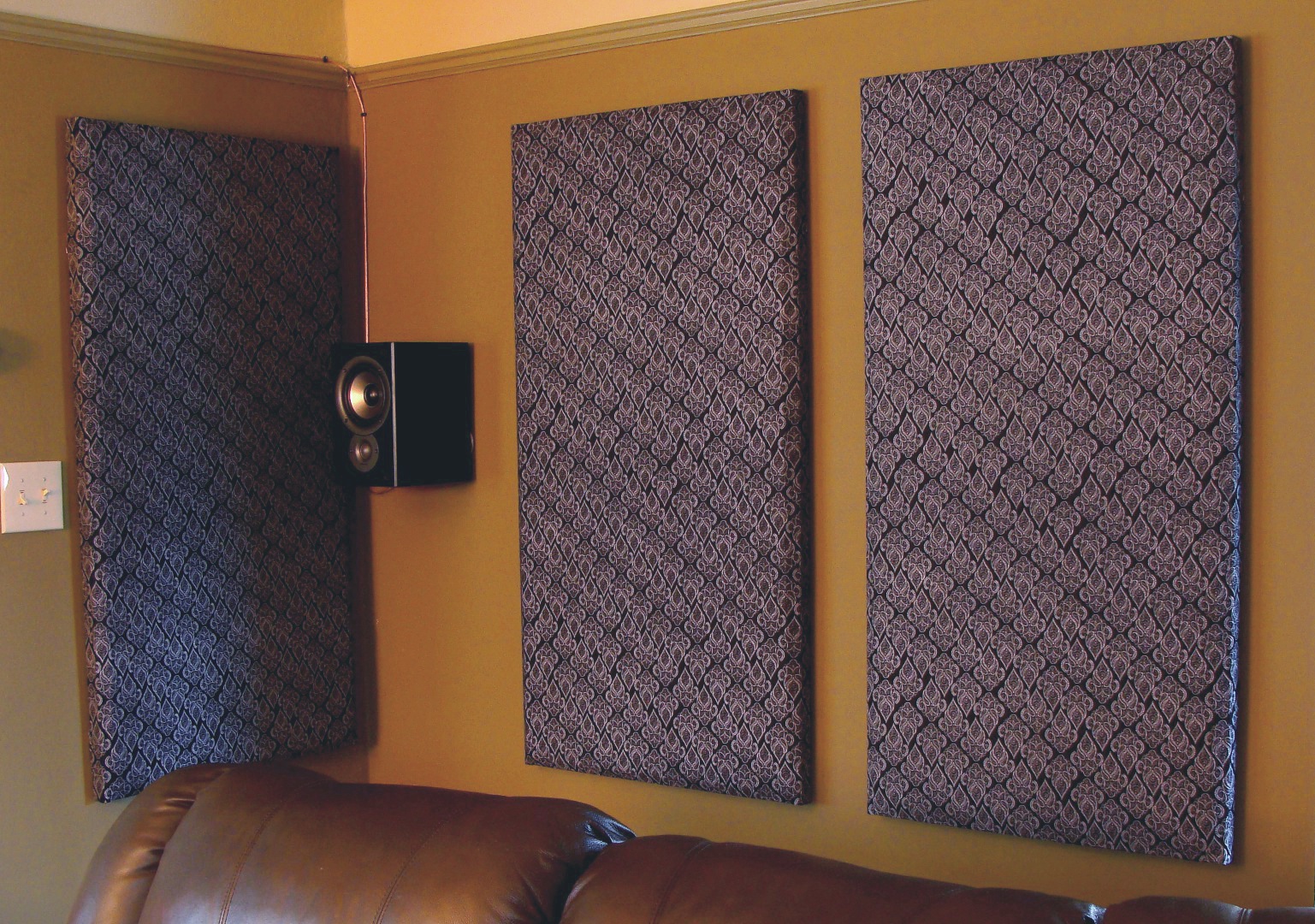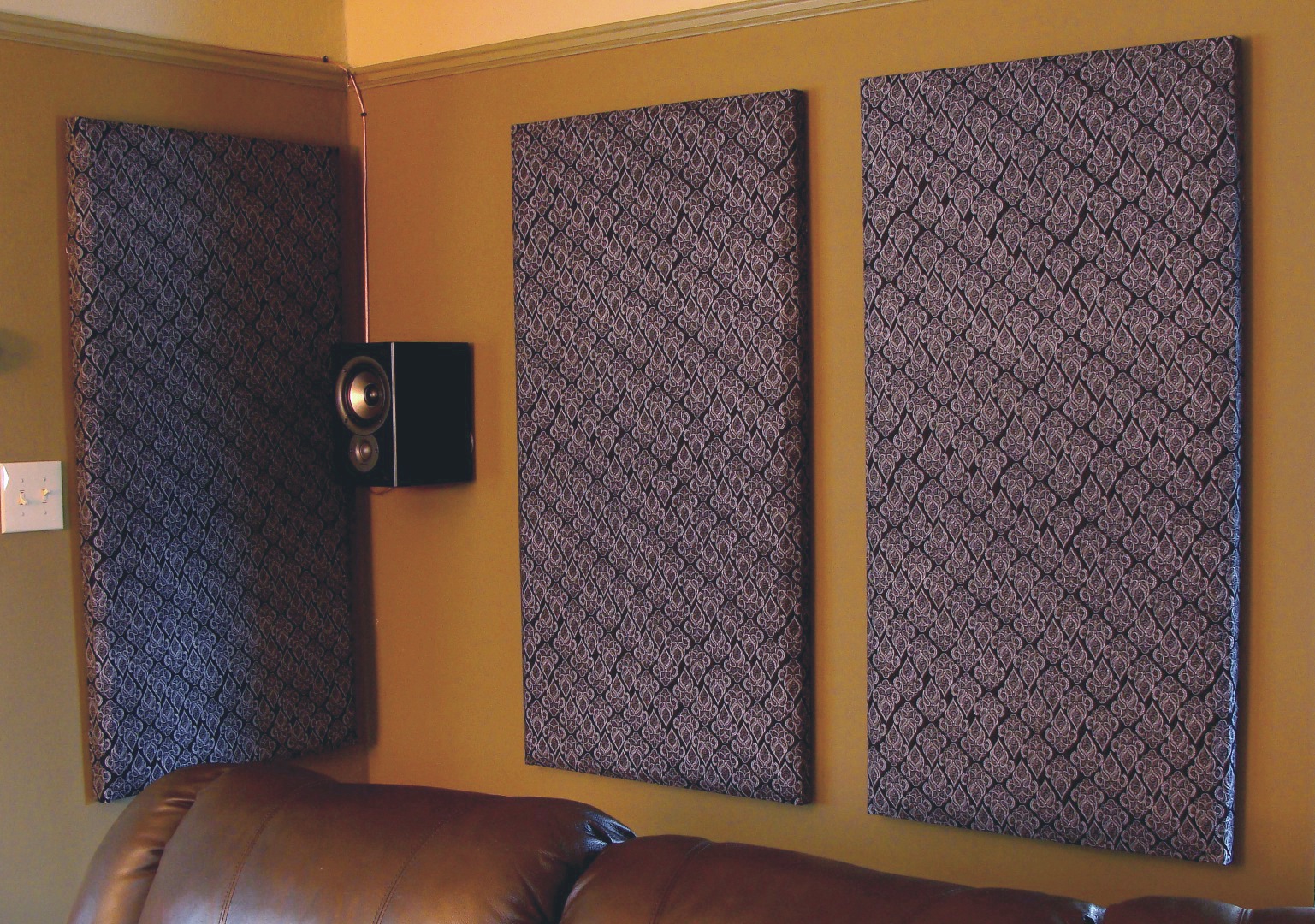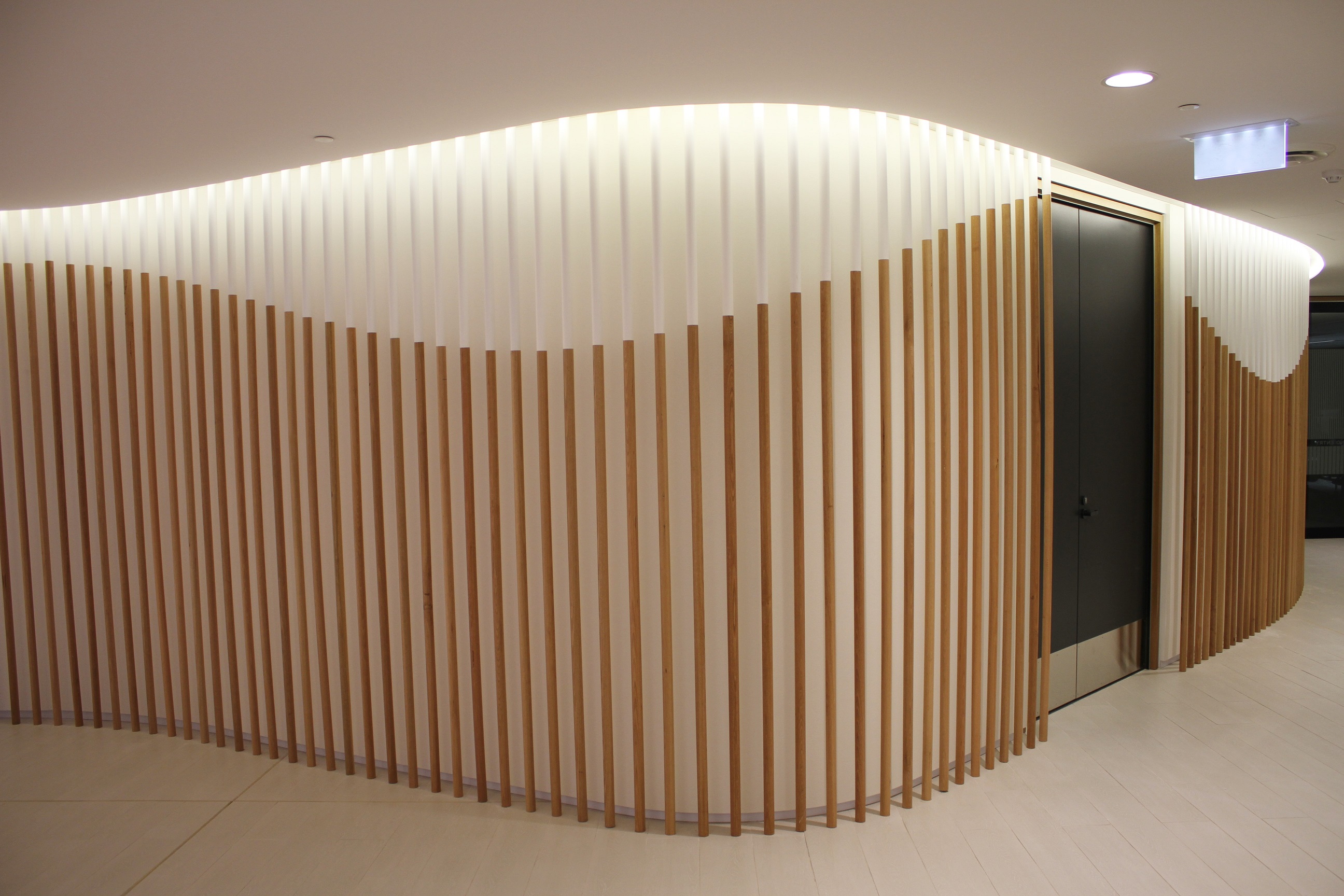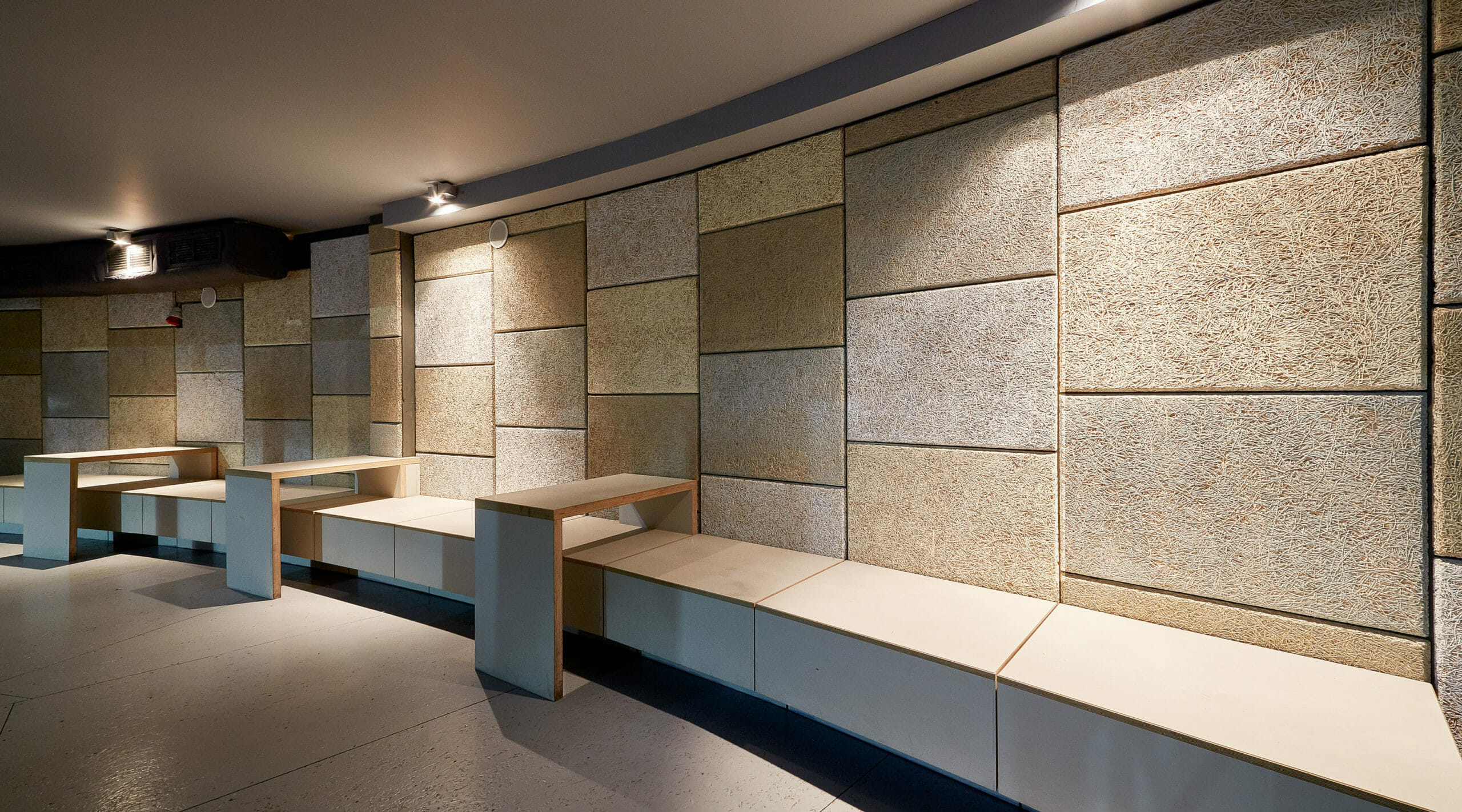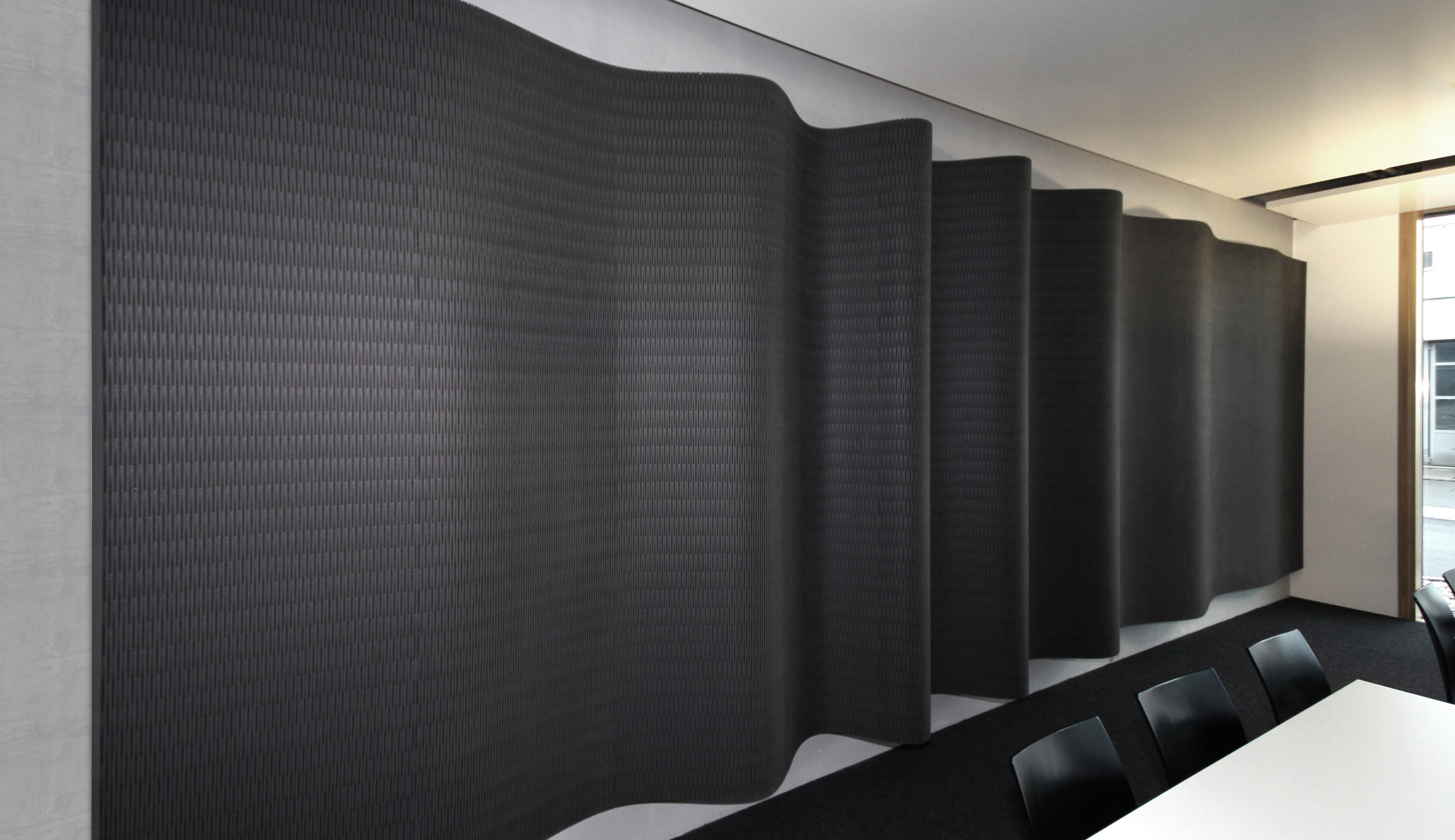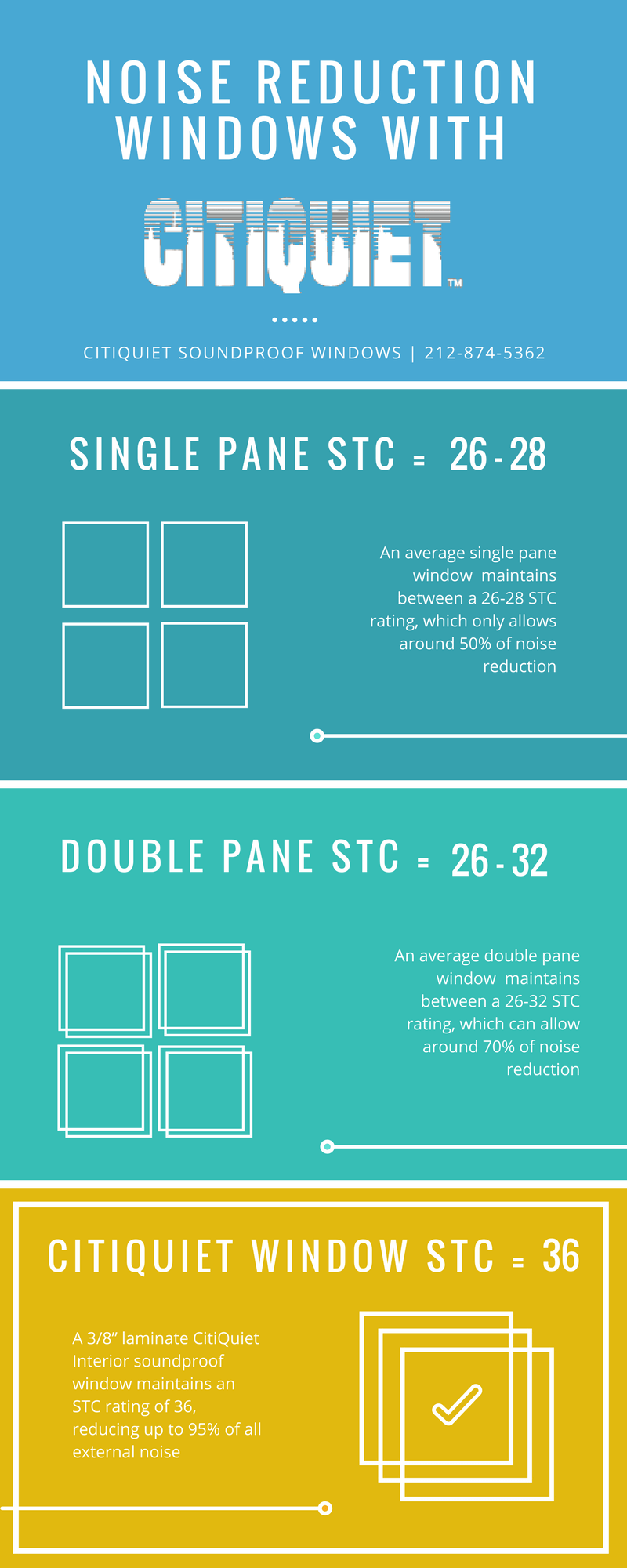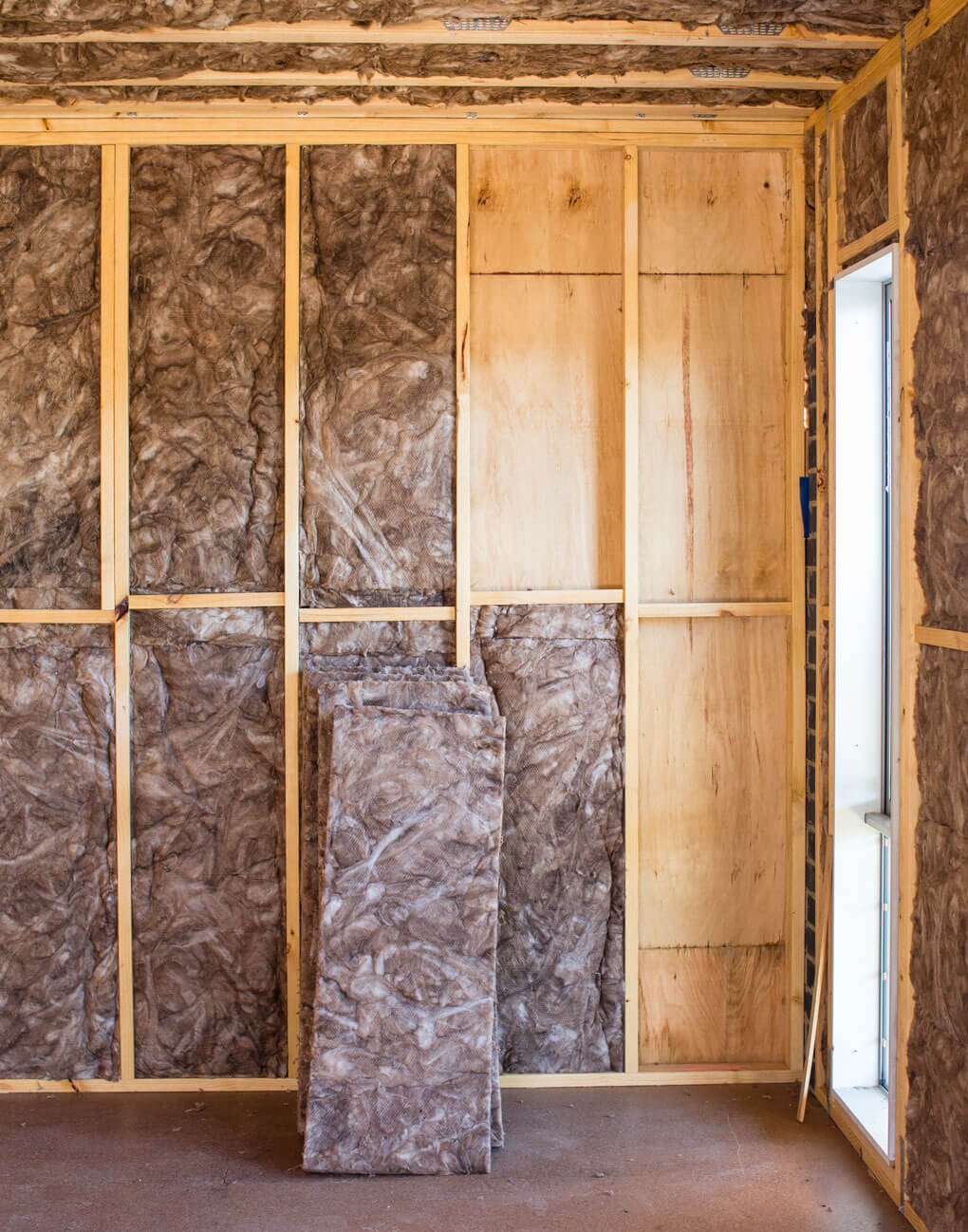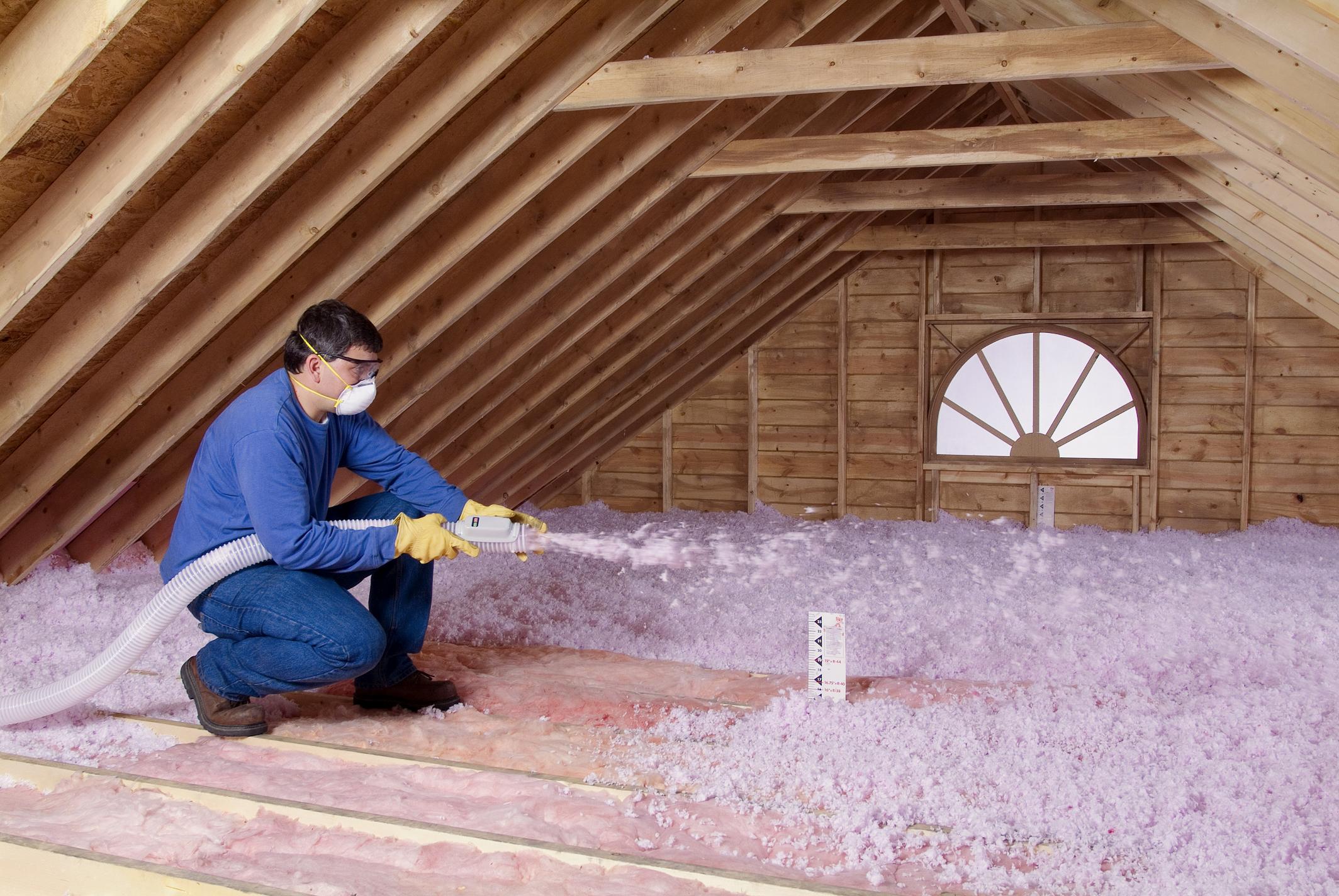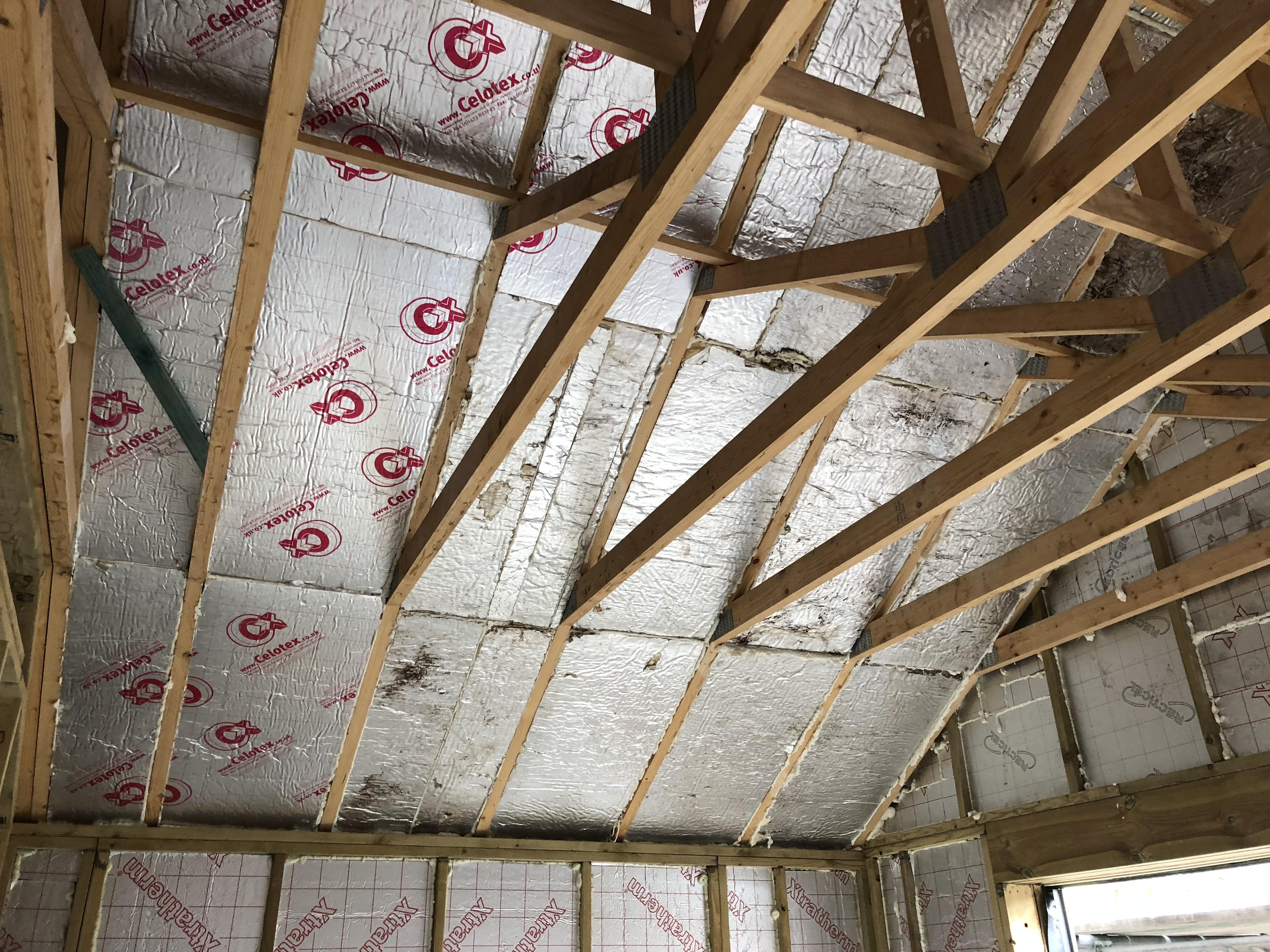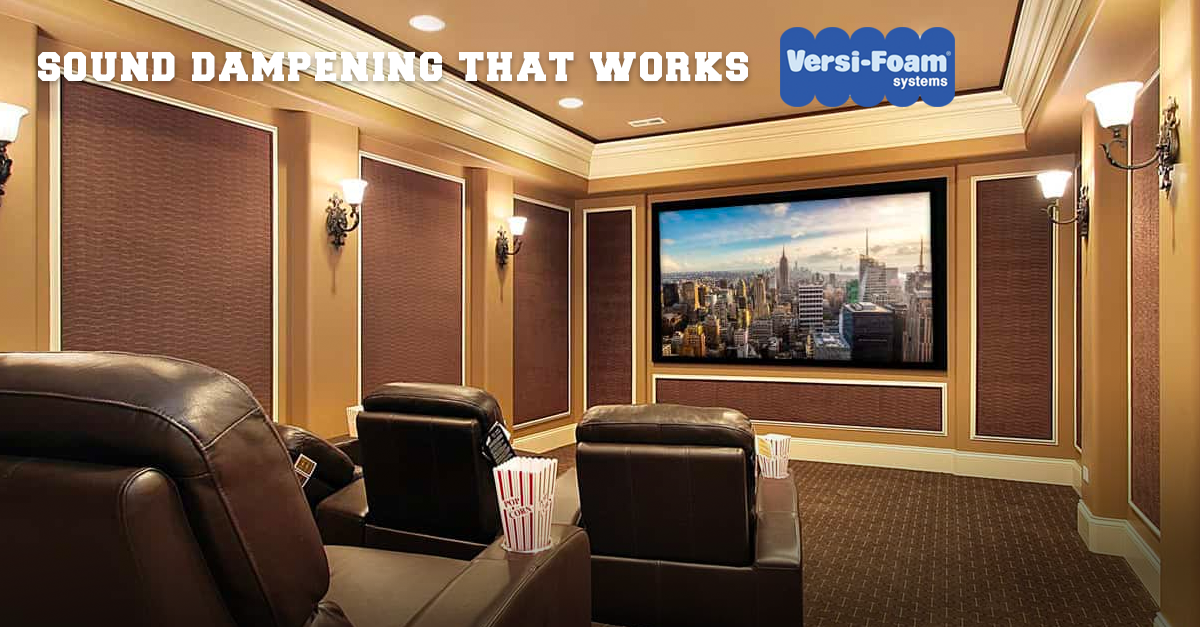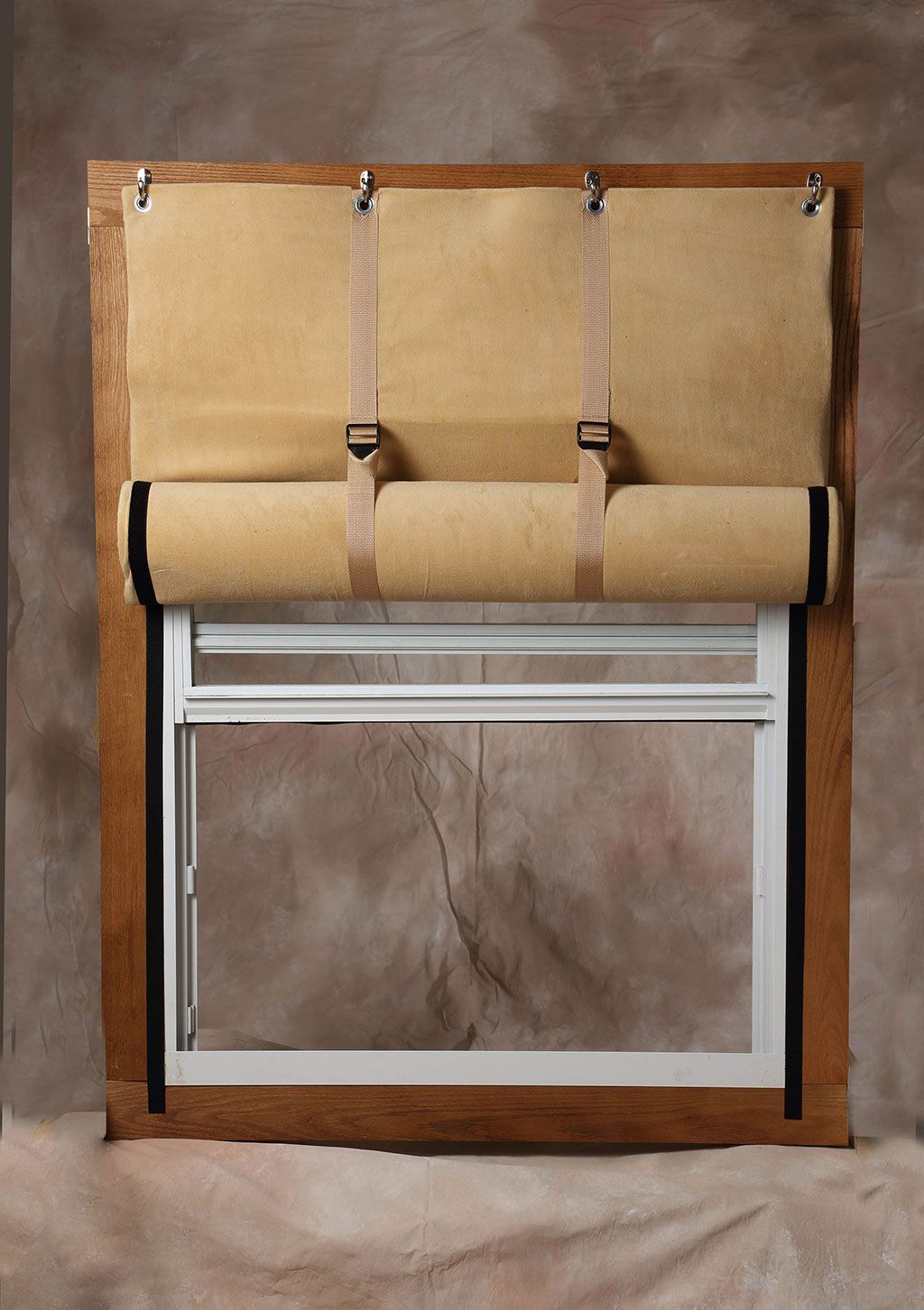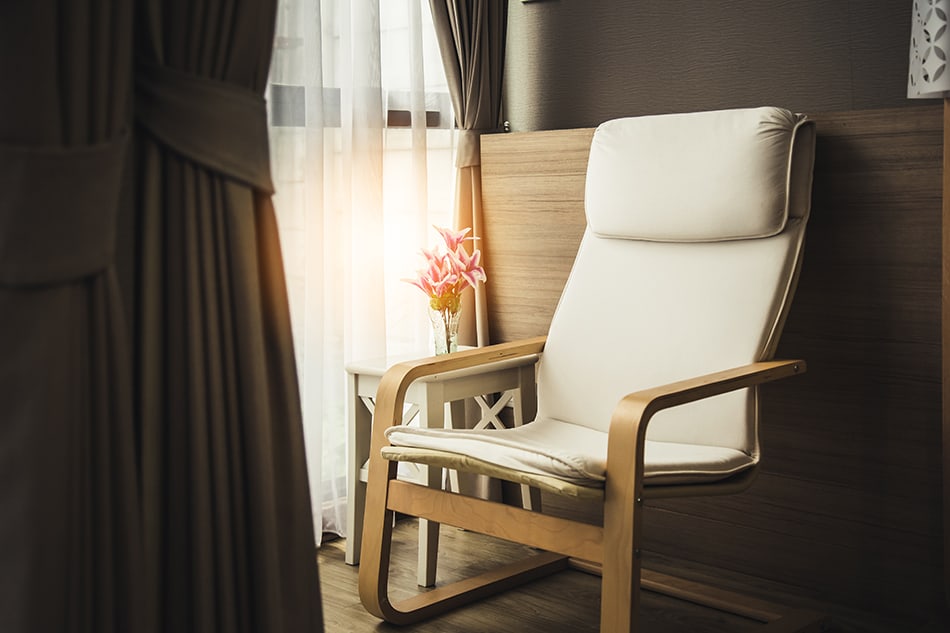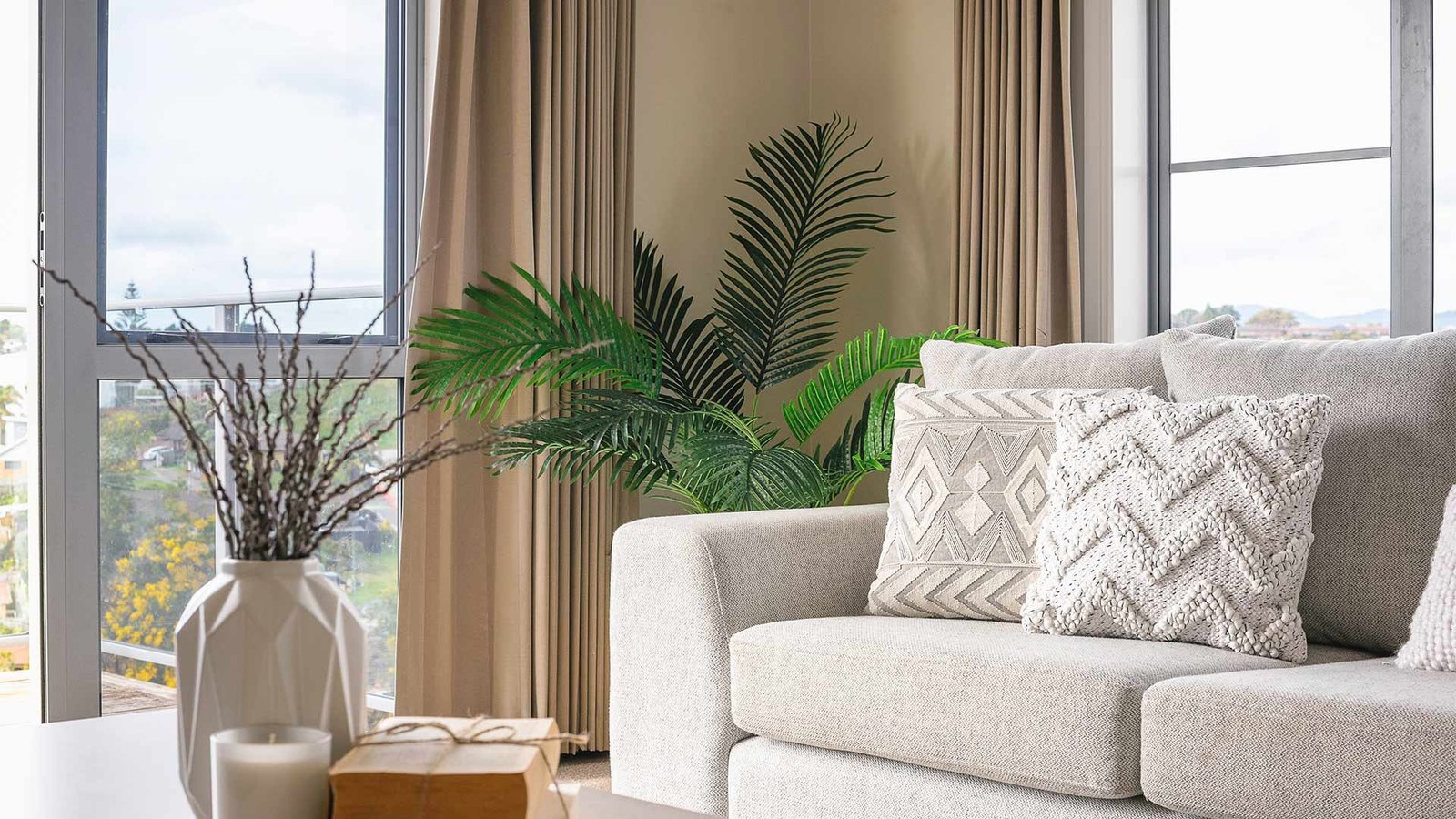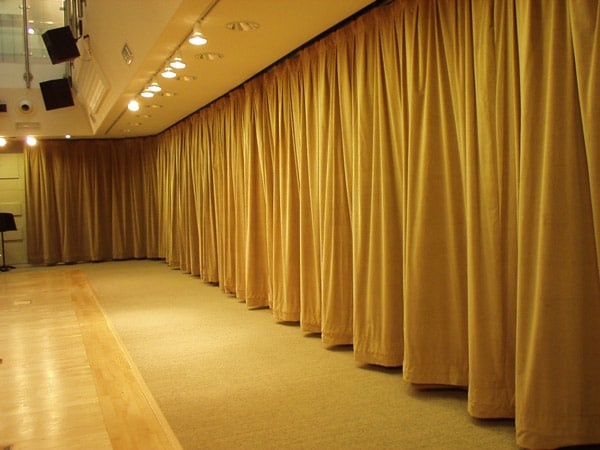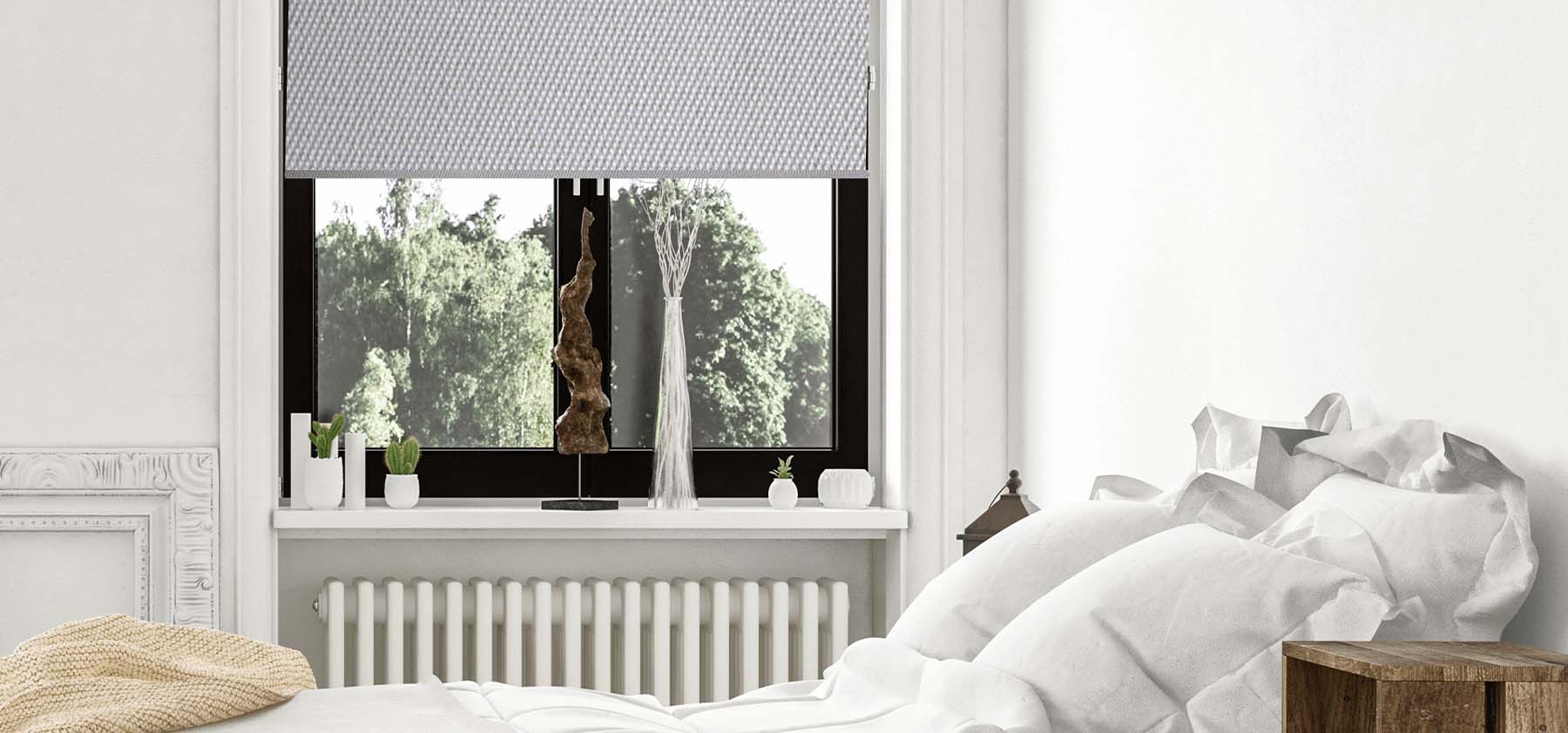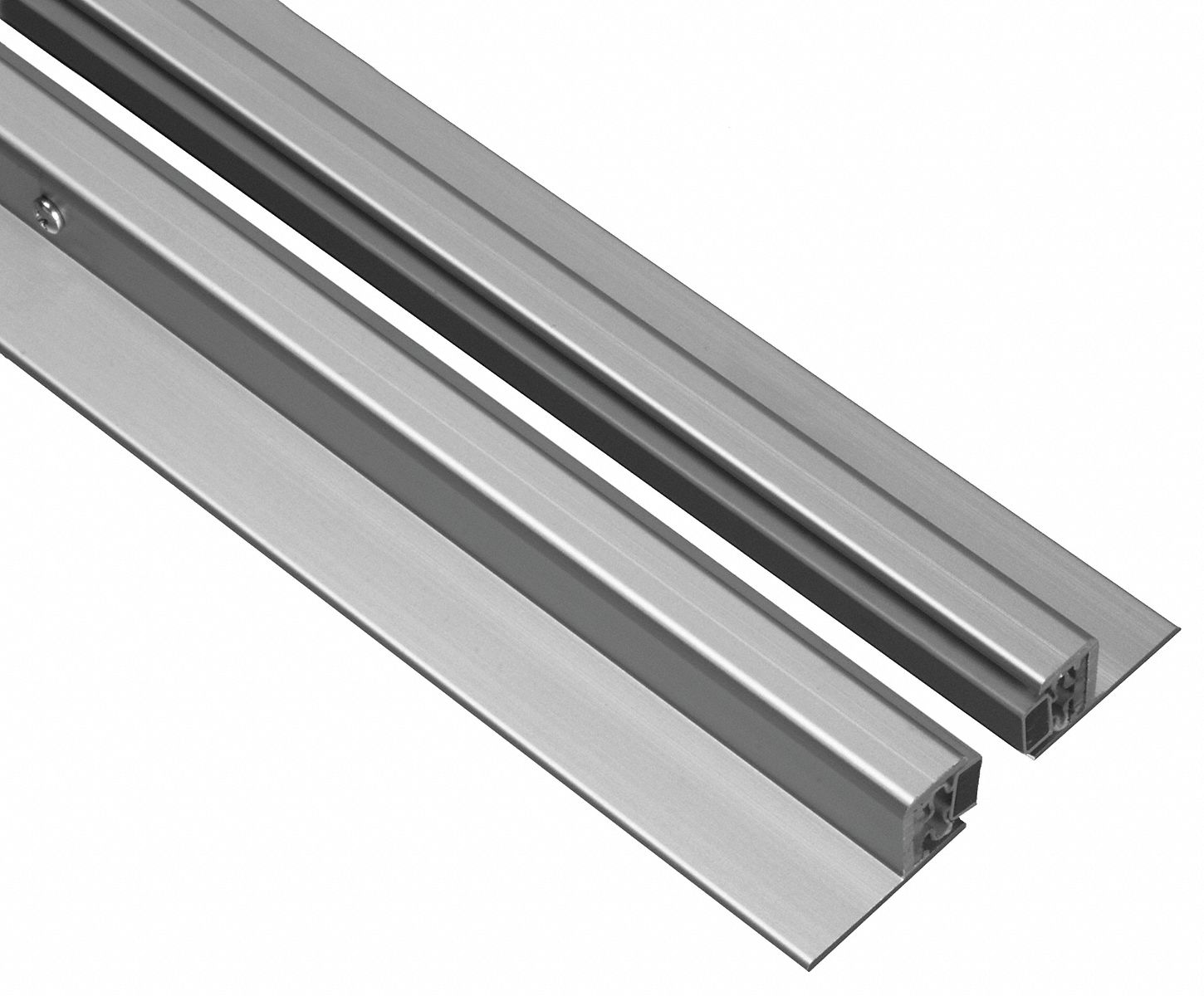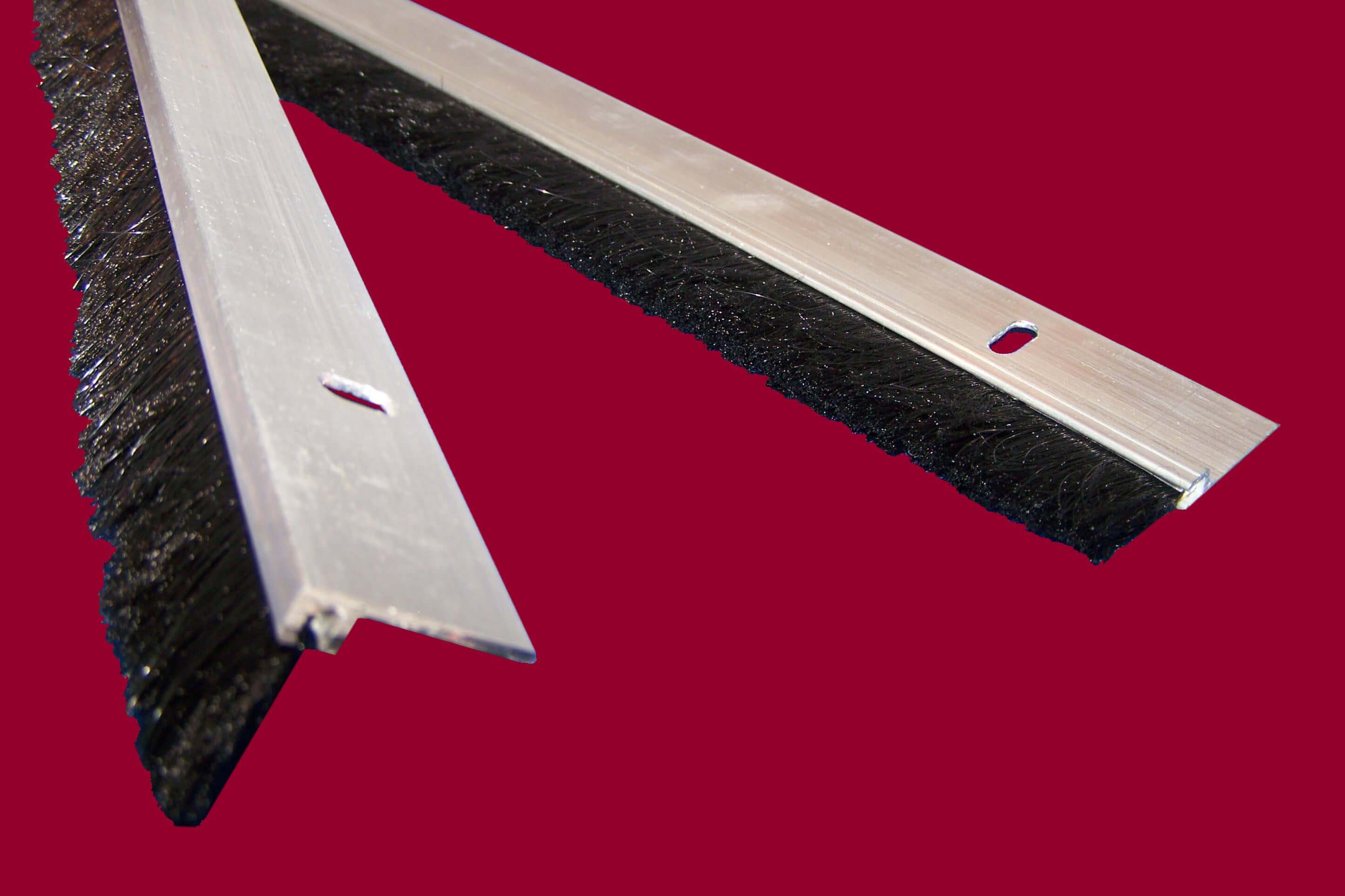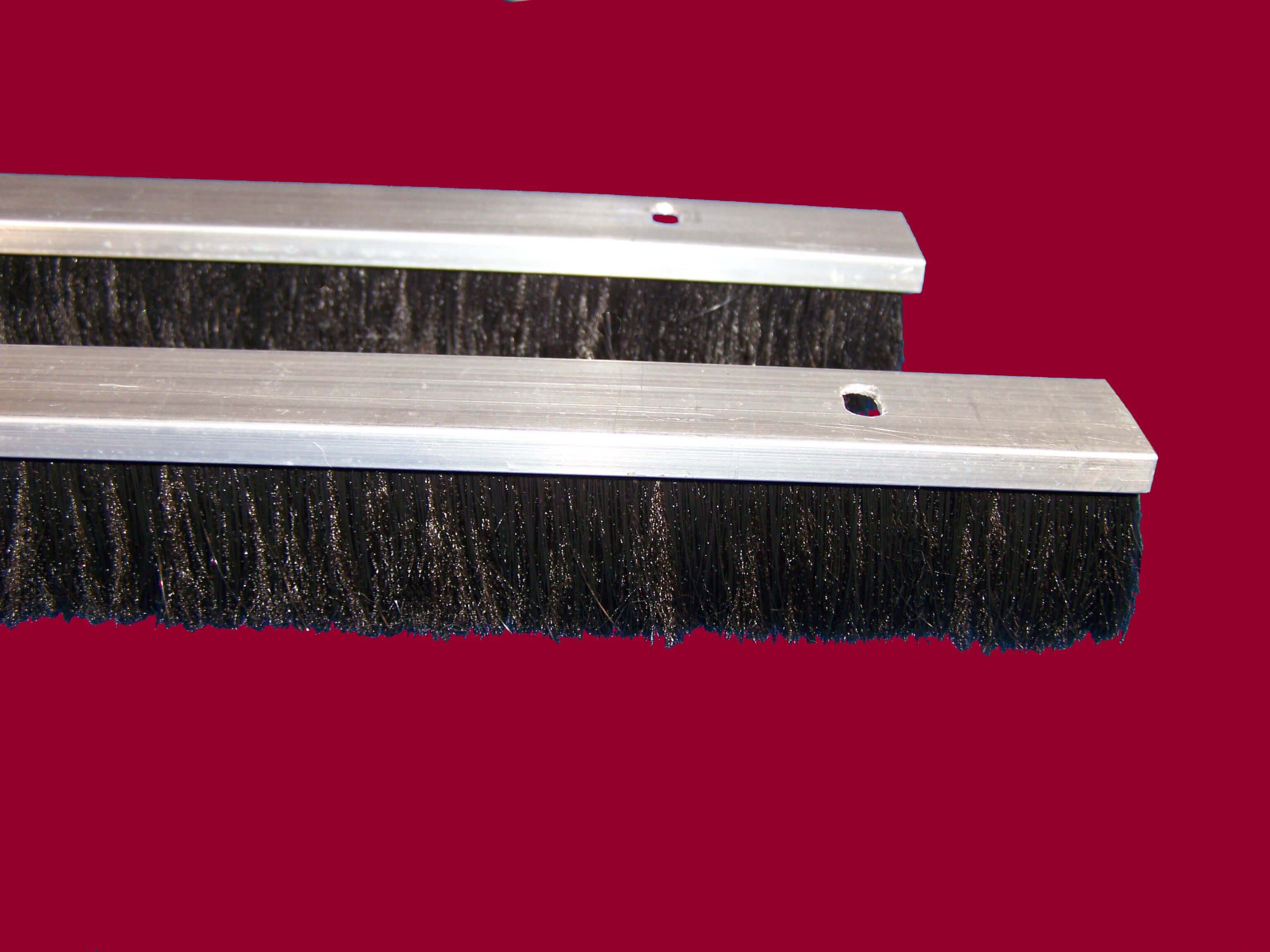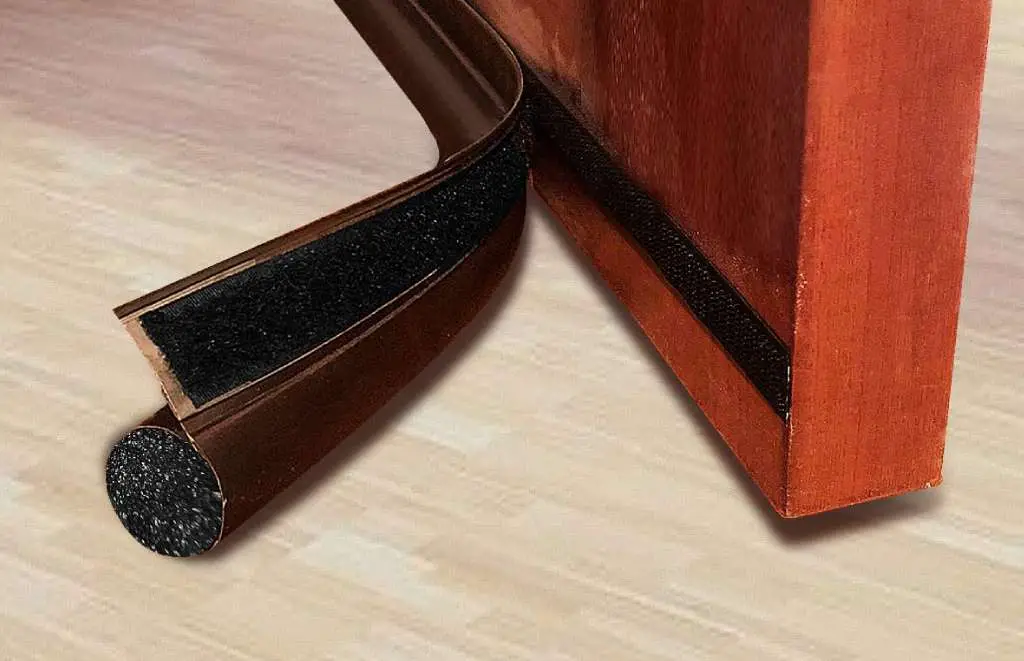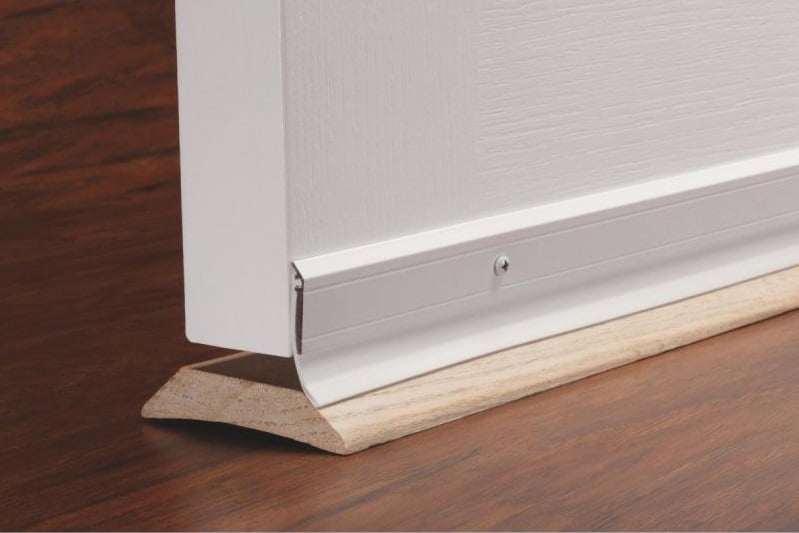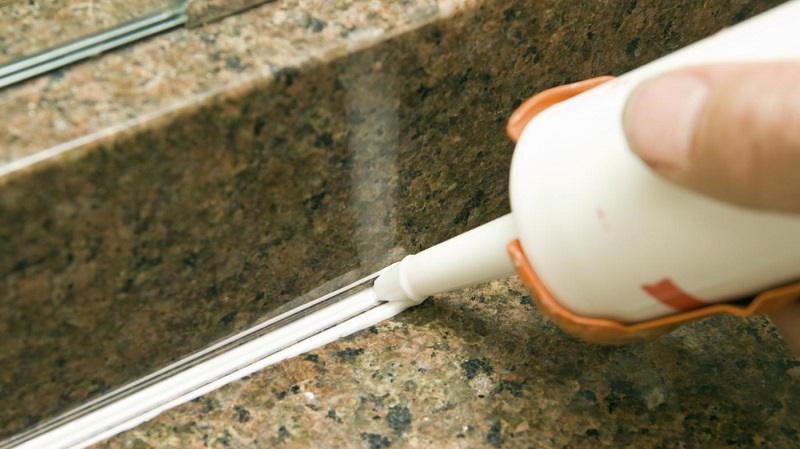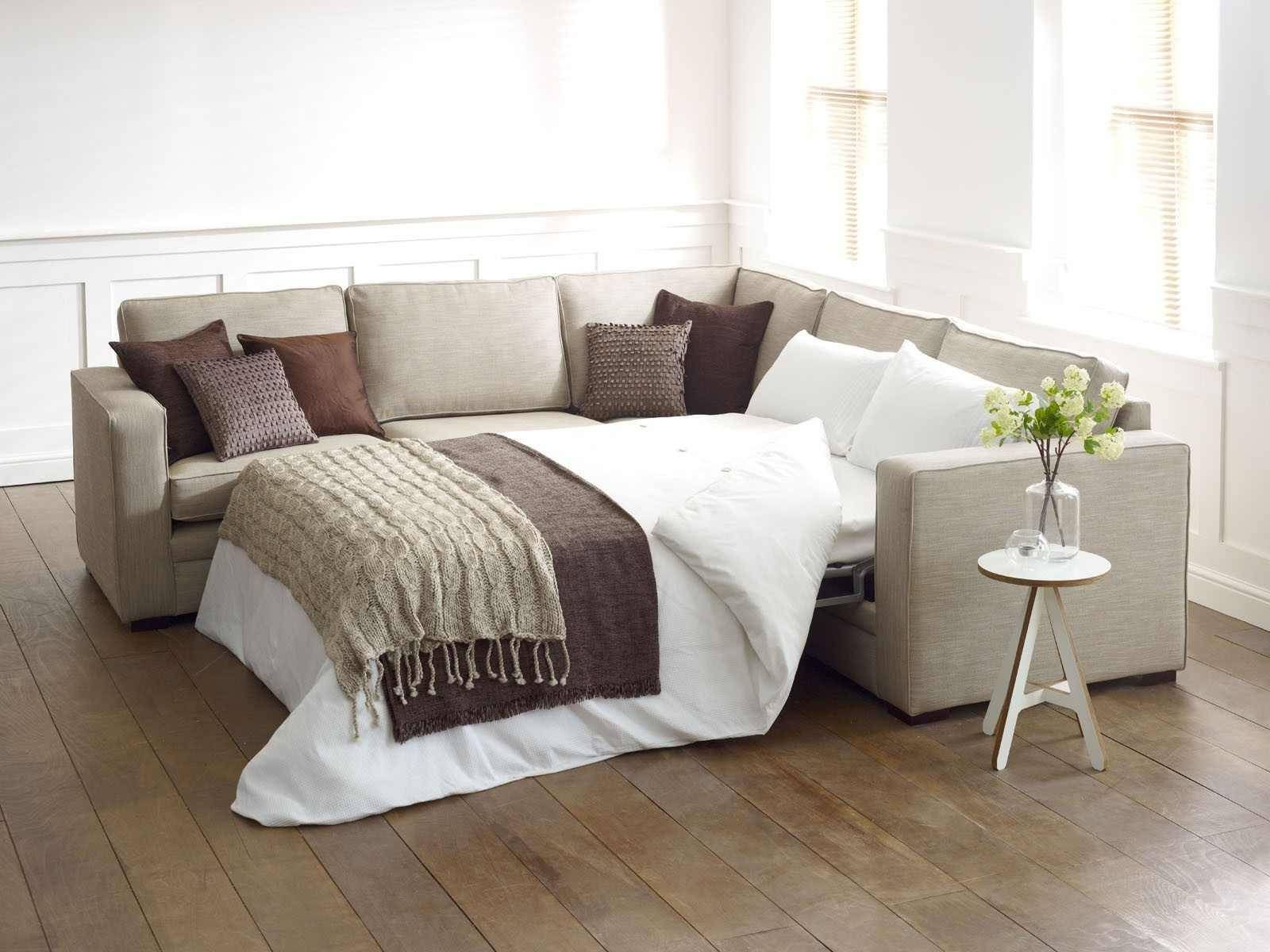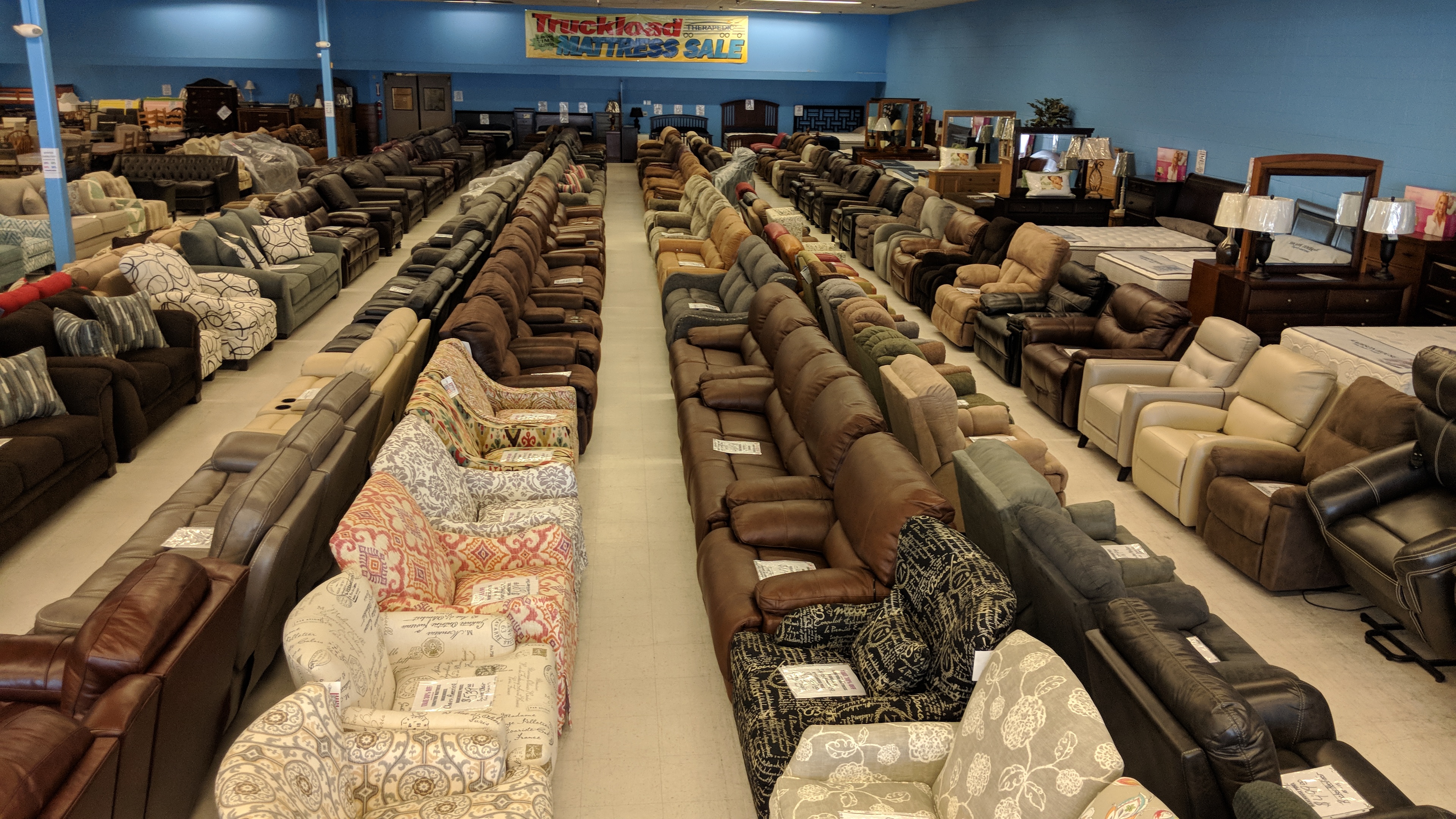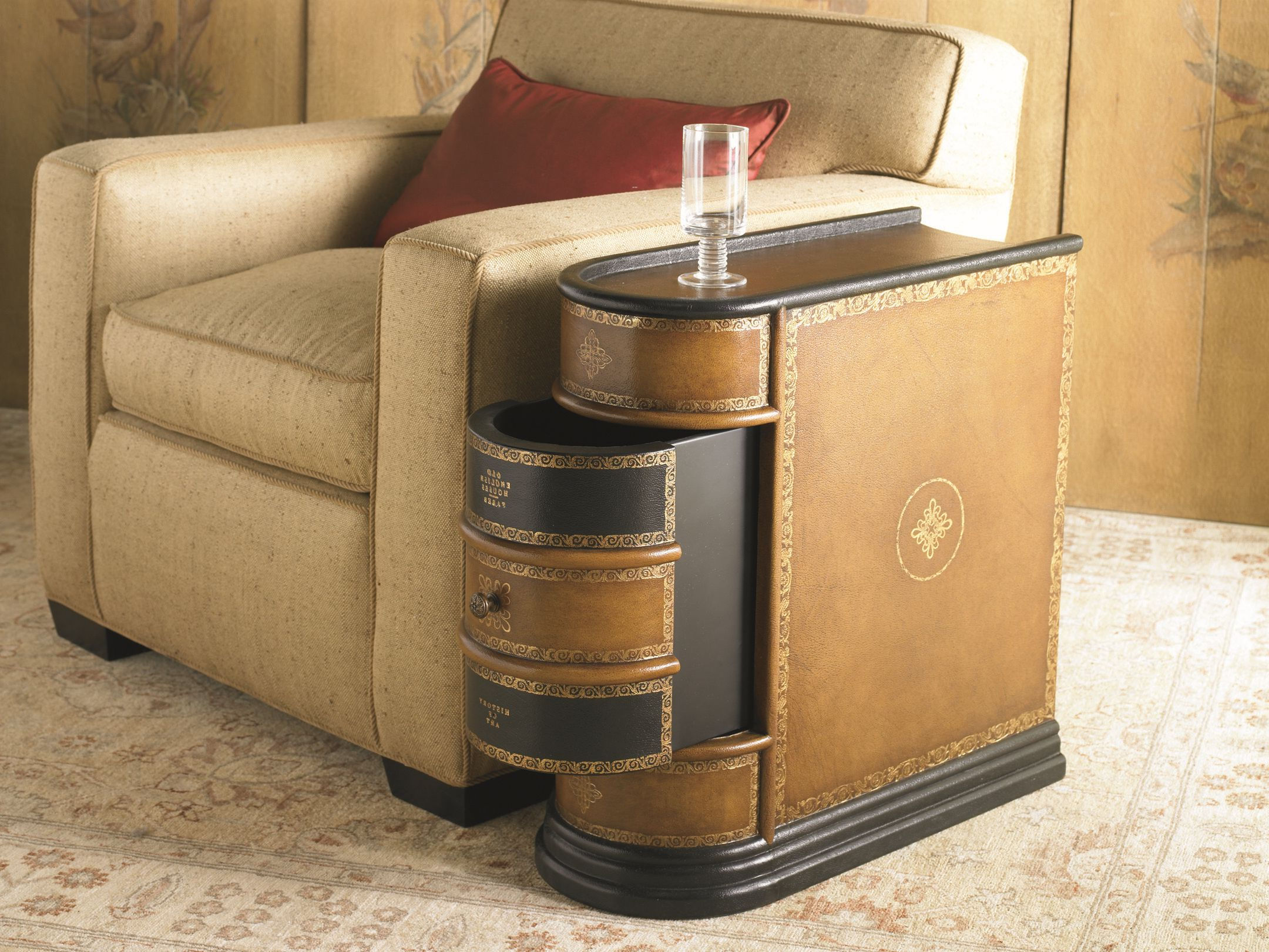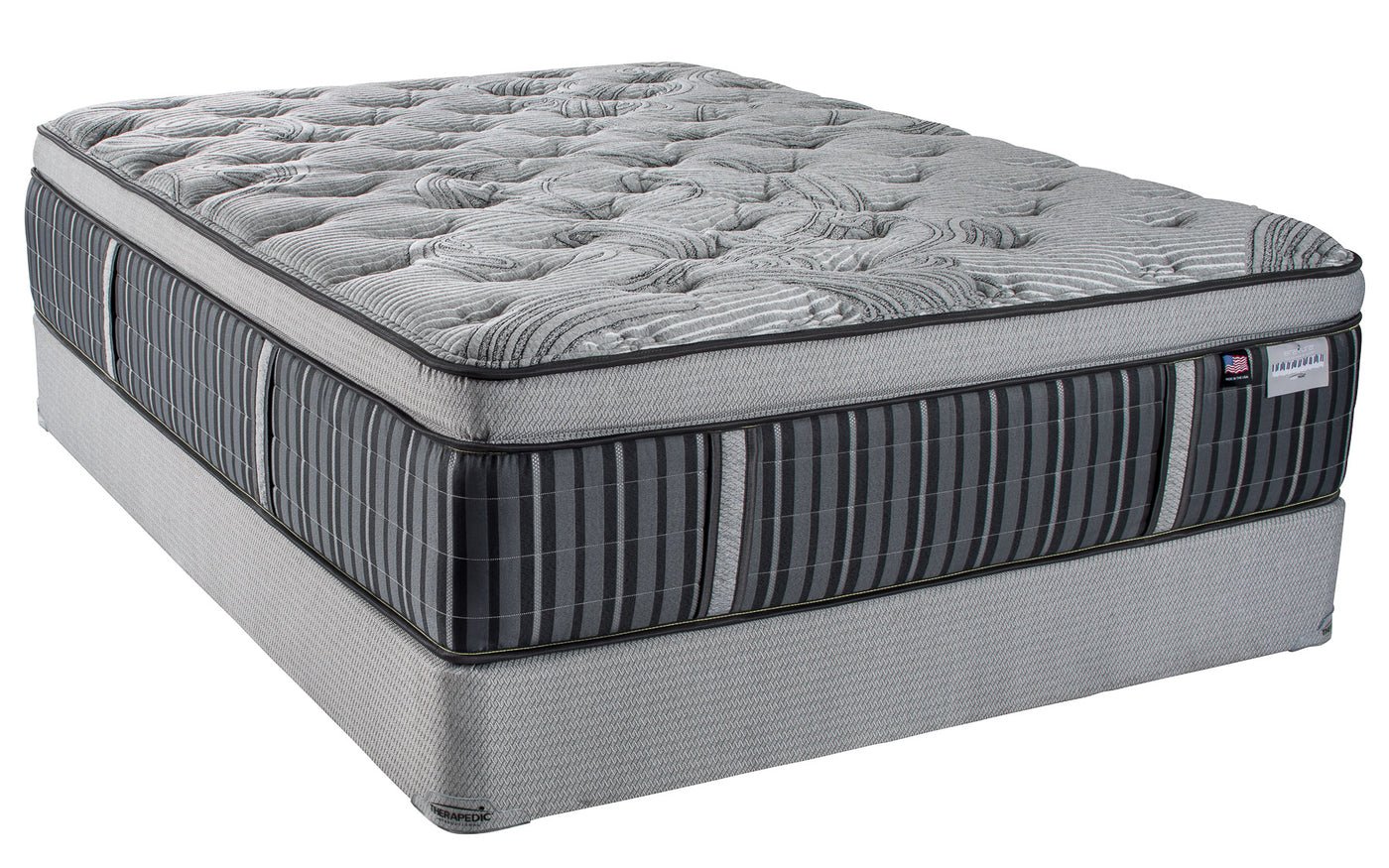The first step in reducing noise in your bedroom from the living room is to soundproof the walls. This involves installing materials that will absorb or block sound waves, preventing them from traveling through the walls and into your bedroom. This can be done by adding an extra layer of drywall, using soundproof insulation, or adding soundproofing panels to the walls.1. Soundproofing
Acoustic panels are a great way to reduce noise in your bedroom and improve overall sound quality. These panels are made from sound-absorbing materials and can be installed on the walls or ceiling. They come in a variety of colors and designs, making them a stylish addition to any bedroom.2. Acoustic Panels
Noise reduction is another effective way to reduce noise in your bedroom. This involves using materials or techniques to dampen or block sound waves. Some options for noise reduction include using double-paned windows, soundproof curtains, or weatherstripping on doors and windows.3. Noise Reduction
Proper insulation can also help reduce noise in your bedroom. Insulation not only keeps your home warm in the winter and cool in the summer, but it also acts as a barrier for sound. Insulating your walls, floors, and ceiling can help reduce noise from the living room and other areas of the house.4. Insulation
Sound absorption is the process of sound waves being absorbed by materials rather than being bounced around. This can be achieved by adding soft materials, such as rugs or curtains, to your bedroom. These materials will absorb sound waves, reducing the overall noise in the room.5. Sound Absorption
Sound dampening is similar to sound absorption, but it involves using dense materials to block sound waves. This can be done by adding heavier curtains or using soundproofing paint on the walls. These materials will help prevent noise from traveling into your bedroom.6. Sound Dampening
Soundproof curtains are a simple and effective way to reduce noise in your bedroom. These curtains are made from thick, sound-absorbing materials and can be hung over windows or doorways to block out noise from the living room. They also come in a variety of colors and designs to match your bedroom decor.7. Soundproof Curtains
Weatherstripping is a simple and affordable way to reduce noise in your bedroom. It involves sealing any gaps around windows and doors with weatherstripping tape or foam. This will help prevent sound from entering your bedroom through these openings.8. Weatherstripping
A door sweep is an easy and effective way to reduce noise coming from under your bedroom door. This simple strip of material is attached to the bottom of the door, creating a tight seal between the door and the floor. This will help block out noise from the living room and other areas of the house.9. Door Sweep
Lastly, using a sealant around windows, doors, and any other openings in your bedroom can also help reduce noise. Silicone or acrylic caulking can be used to seal any gaps or cracks, preventing sound from entering your bedroom. This is a simple and cost-effective solution for reducing noise in your bedroom.10. Sealant
Additional Solutions to Reduce Living Room Noise in a Bedroom

Area Rugs
 One effective way to reduce noise in a bedroom caused by the living room is by adding
area rugs
. These rugs not only add an element of style to a room, but they also help to absorb sound. Placing an area rug in the living room can help to reduce the echo and reverberation of sound, making it less disruptive to those in the bedroom. Be sure to choose a rug with a thick and dense material, such as wool or shag, for maximum noise reduction.
One effective way to reduce noise in a bedroom caused by the living room is by adding
area rugs
. These rugs not only add an element of style to a room, but they also help to absorb sound. Placing an area rug in the living room can help to reduce the echo and reverberation of sound, making it less disruptive to those in the bedroom. Be sure to choose a rug with a thick and dense material, such as wool or shag, for maximum noise reduction.
Soundproof Curtains
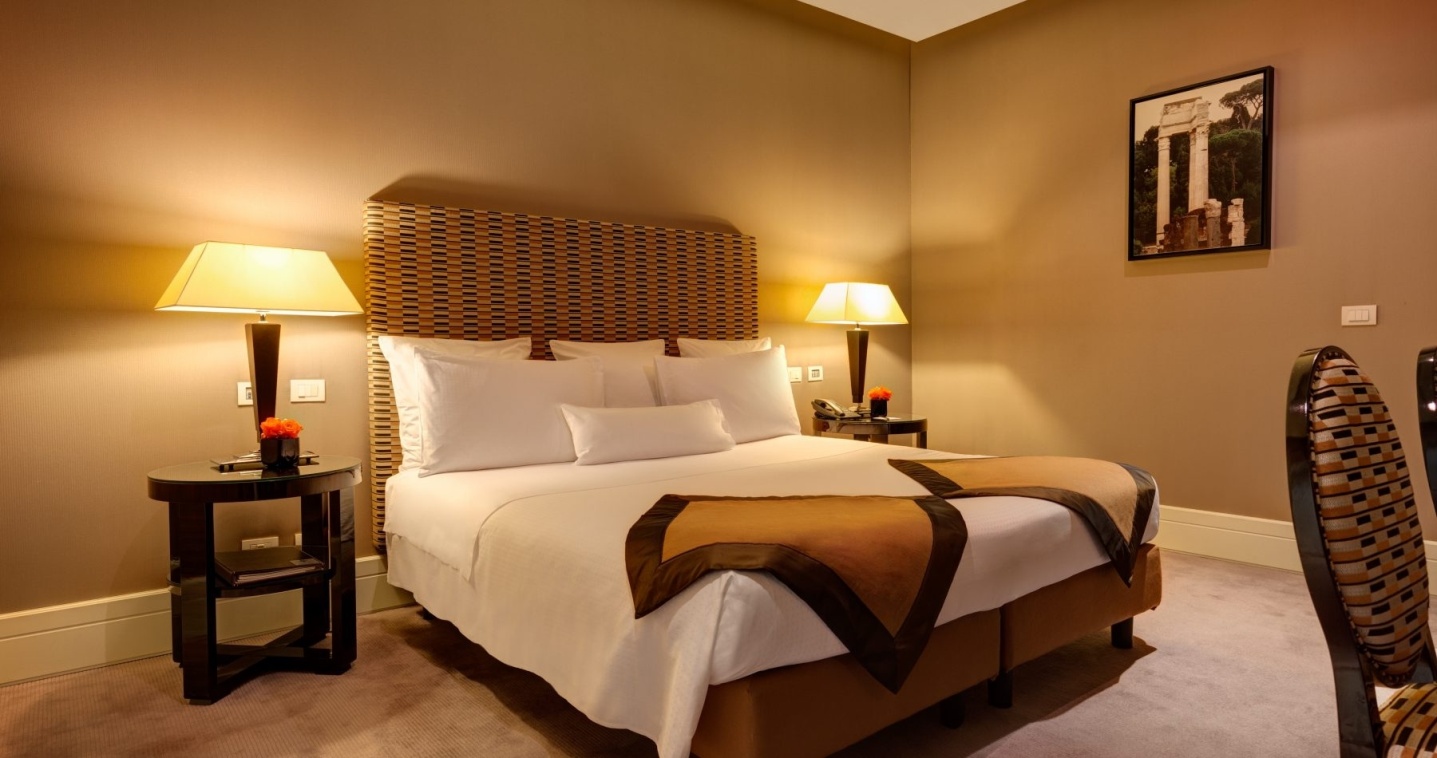 Another solution to consider is
soundproof curtains
. These curtains are designed with special materials and multiple layers to block out noise from the outside. By hanging them in the doorway between the living room and bedroom, you can significantly reduce the amount of sound that travels into the bedroom. For even better results, opt for
heavy-duty
and
thick
curtains that can effectively absorb sound waves.
Another solution to consider is
soundproof curtains
. These curtains are designed with special materials and multiple layers to block out noise from the outside. By hanging them in the doorway between the living room and bedroom, you can significantly reduce the amount of sound that travels into the bedroom. For even better results, opt for
heavy-duty
and
thick
curtains that can effectively absorb sound waves.
Wall Hangings
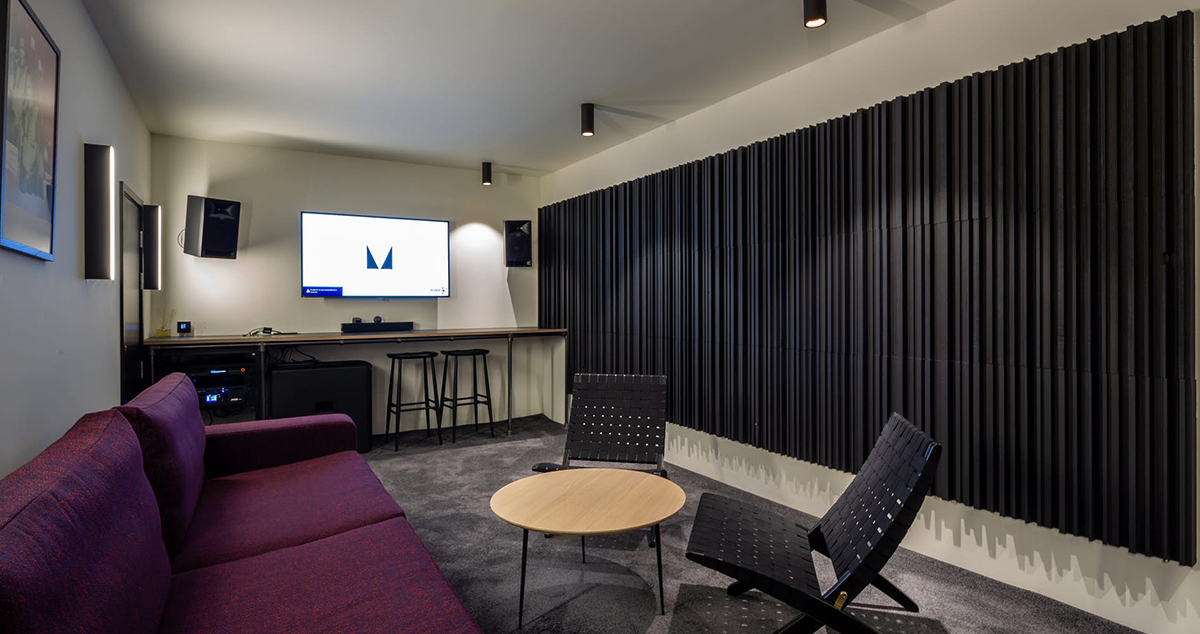 In addition to rugs and curtains,
wall hangings
can also help to reduce noise in a bedroom. These can include
tapestries
,
canvas prints
, or even
acoustic panels
specifically designed to absorb sound. By strategically placing these on the walls between the living room and bedroom, you can create a barrier that helps to minimize noise. Plus, these wall hangings can also add a touch of personality and style to the room.
In addition to rugs and curtains,
wall hangings
can also help to reduce noise in a bedroom. These can include
tapestries
,
canvas prints
, or even
acoustic panels
specifically designed to absorb sound. By strategically placing these on the walls between the living room and bedroom, you can create a barrier that helps to minimize noise. Plus, these wall hangings can also add a touch of personality and style to the room.
Bookshelves
 If you have a shared wall between the living room and bedroom, consider adding a
bookshelf
to that wall. The books and their bindings can act as a natural noise barrier, helping to absorb sound and reduce its impact on the bedroom. This not only adds a functional element to the room but can also serve as a unique and
decorative
feature.
If you have a shared wall between the living room and bedroom, consider adding a
bookshelf
to that wall. The books and their bindings can act as a natural noise barrier, helping to absorb sound and reduce its impact on the bedroom. This not only adds a functional element to the room but can also serve as a unique and
decorative
feature.
By implementing these additional solutions, you can effectively reduce living room noise in a bedroom and create a more peaceful and quiet space. Experiment with different combinations of these solutions to find what works best for your specific living room and bedroom layout. With a little creativity and effort, you can successfully minimize noise and improve the overall design of your house.
